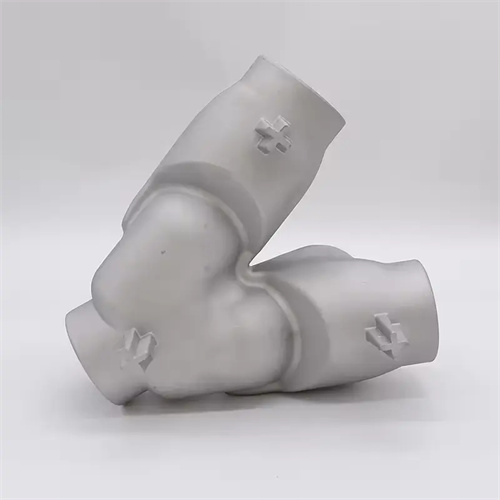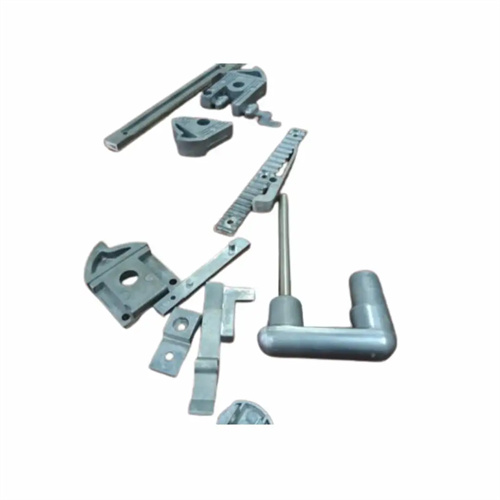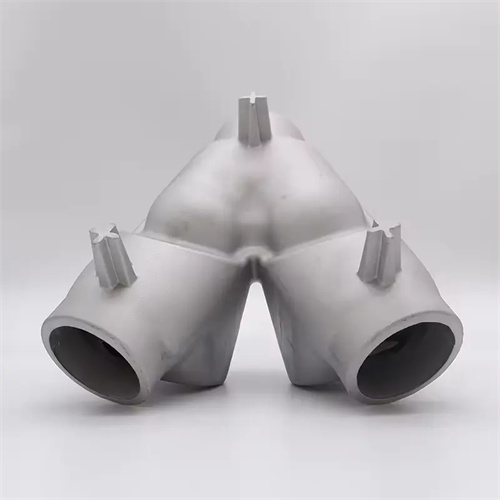Installation and debugging of die casting machine
The installation and commissioning of die-casting machines is essential for ensuring long-term, stable operation and directly impacts subsequent production efficiency and casting quality. Pre-installation site planning requires meticulous planning. First, ensure the ground is flat and solid, with a load-bearing capacity sufficient for the equipment. Large die-casting machines (with clamping forces exceeding 10,000 kN) typically require a concrete foundation at least 500 mm thick, with pre-buried anchor bolts to prevent movement during operation. Sufficient space should be reserved for operation and maintenance, with a minimum of 3 meters on the injection side and 5 meters on the clamping side. Consideration should also be given to areas for raw material transportation and casting storage. Environmentally, the die-casting machine should be located away from vibration sources and strong electromagnetic fields to prevent them from affecting equipment accuracy. The temperature should be maintained between 15°C and 35°C, and the humidity should not exceed 80% to prevent moisture from reaching electrical components. A die-casting plant experienced excessive vibration during operation due to poor foundation preparation, resulting in casting dimensional accuracy fluctuations of up to 0.2 mm. After re-reinforcing the foundation, accuracy stabilized to within 0.05 mm.

Positioning and securing the equipment are critical installation steps, requiring leveling using a high-precision level and jacks. First, use a crane to smoothly lift the die-casting machine to the installation location. Ensure that the lifting points are located at the designated lifting rings to avoid damage to the machine. Next, adjust the anchor bolts to maintain a horizontal error within 0.1mm/m. The levelness of the clamping mechanism and injection molding system, in particular, directly affects wear on moving parts and die-casting accuracy. When securing, tighten the anchor bolts evenly and with moderate force to prevent deformation. After tightening, check the levelness again to ensure there are no deviations. For large die-casting machines, connections to the cooling water, compressed air, and electrical systems are also required. The cooling water piping diameter must match the equipment’s connections, and the water pressure must be controlled between 0.2-0.4MPa. The water must be filtered to prevent clogging of the cooling channels. Compressed air pressure must be maintained between 0.6-0.8MPa, and an oil-water separator must be installed to prevent moisture and oil from entering the pneumatic components.

Electrical system commissioning must be performed strictly according to the circuit diagram. First, check that the power supply voltage is consistent with the rated voltage of the equipment (usually 380V three-phase AC) and that the neutral and ground wires are properly connected, with a ground resistance of less than 4Ω to ensure electrical safety. Then, individually check the wiring of each motor, solenoid valve, and sensor to ensure there are no loose or incorrect connections. After powering on, perform a jog test to verify that the motor rotation is correct. Incorrect rotation of the injection motor and clamping motor can damage the equipment. PLC control system commissioning is crucial. Verify that the program parameters match the equipment model. Set basic parameters such as mold opening and clamping speed, injection pressure, and hold time. Test the coordination of each action in both manual and automatic modes to ensure the correct sequence of actions—opening and clamping, injection, and ejection—without interference. During commissioning, one factory encountered an error in the PLC program parameters, which resulted in excessive clamping speeds, mold collisions, and cracks. Normal operation was restored only after resetting the parameters.

When debugging the hydraulic system, pay attention to the stability of pressure and flow. First, check the hydraulic oil level and quality. The oil level should be between 1/2 and 2/3 of the gauge. The oil quality must meet the equipment requirements (typically 46-grade anti-wear hydraulic oil). Filter to remove impurities before first use. When starting the hydraulic pump, first jog it to purge air from the system. Then, slowly adjust the relief valve to bring the system pressure to the rated operating pressure (e.g., 16 MPa). Maintain pressure for 10 minutes. Inspect all pipe connections and seals for leaks. Debug the movement speed of each actuator cylinder. Adjust the flow valve to ensure that the mold opening and closing speeds and injection speeds meet process requirements. For example, the fast clamping phase can be set to 5-8 m/s, the slow phase to 1-2 m/s, and the injection speed to 3-10 m/s depending on the casting requirements. Also, test the accuracy of the pressure and flow sensors to ensure that the feedback data is consistent with the actual situation and avoid pressure or speed fluctuations caused by sensor errors.

Trial production and commissioning is the final step in installation and commissioning. Equipment performance is verified through actual die casting. First, a simple test mold (such as a flat plate) is selected, preliminary process parameters are set, and a small-batch trial run is conducted. The castings’ appearance, quality, and dimensional accuracy are observed, and defects such as flash, under-giving, and air holes are inspected. Parameters are adjusted based on the trial results. If flash is present, the clamping force or shot pressure ratio should be reduced. If under-giving is present, the injection speed or pressure ratio should be increased. The equipment’s continuous operation capability is also tested, with 50-100 continuous mold runs. The stability of each system is checked, including whether the oil temperature exceeds 55°C (if so, the cooling system should be checked), whether there are any abnormal noise levels (normally below 85 decibels), and whether the temperature rise of each component is uniform. After the trial run is successful, the equipment is thoroughly inspected, all loose bolts tightened, the die chamber and mold cavity cleaned, and the commissioning parameters and operating data recorded as a benchmark for subsequent production runs.
